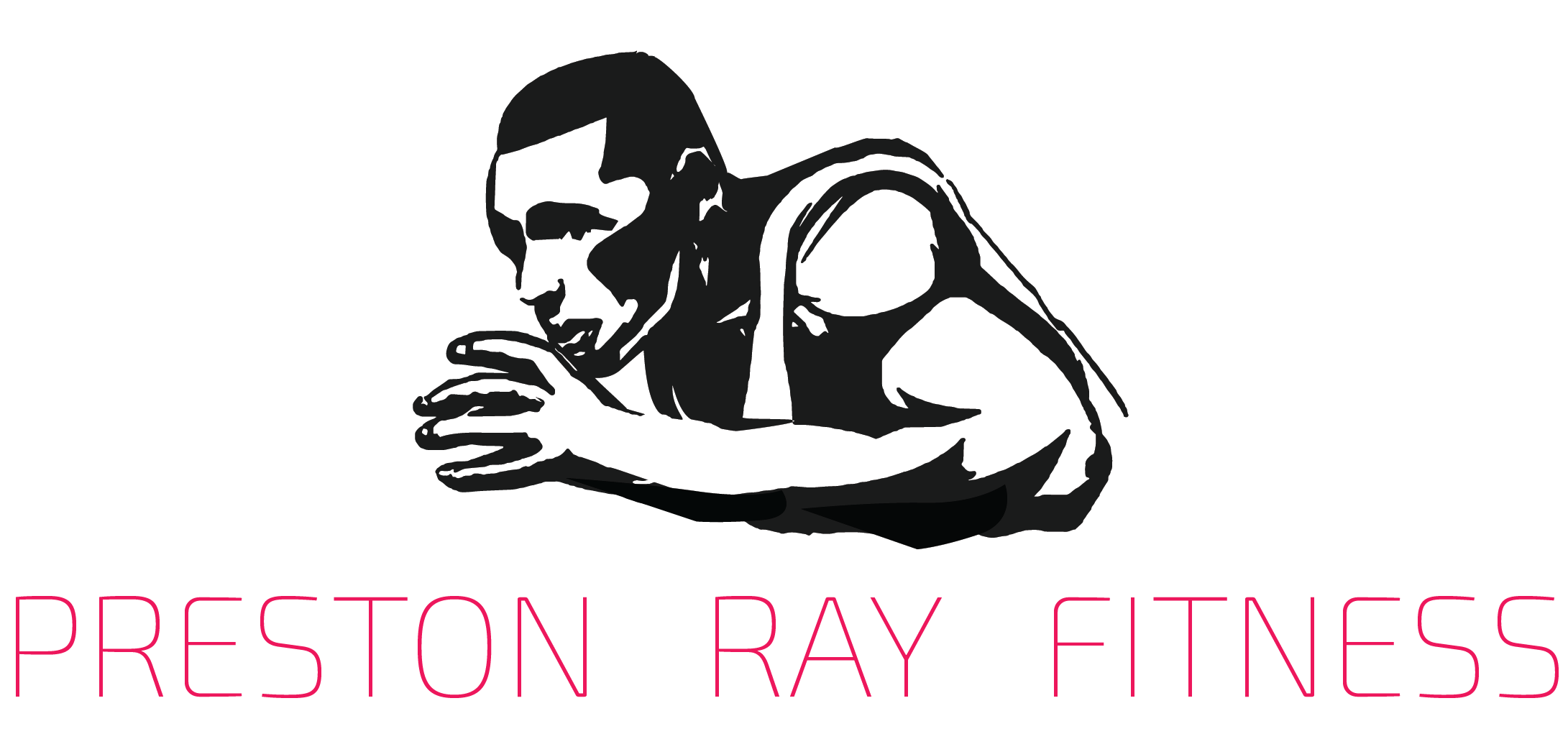My first introduction and fascination with barefoot running/training came from reading about the Tarahumara Indians of Mexico, who run hundreds of miles in the equivalent of espadrilles, light canvas shoes, in one of my favorite books of all time, Born to Run by Christopher McDougall.
Inspired by stories of the Tarahumara and other fantastic runners mentioned in the book, I purchased one of my favorite shoes of all time, Nike Free 5.0. I did so because they were extremely comfortable, “minimalist” or lower to the ground, and lots of people were wearing them. This was about 5 years ago, and since that time, my knowledge of the foot has stalled, at worst, and increased at a snail-like pace, at best.
That has all changed with the help of Dr. Emily Splichal, a world-renowned podiatrist from Manhattan. Dr. “E,” as she is affectionately known, and her most informative and vastly intriguing book, Barefoot Strong has greatly expanded my knowledge of foot health. A must read for all trainers, fitness enthusiasts and all upright, bipedal beings.
Barefoot Strong is the type of book that has substance and relevance. For example, in the substance category I was blown away by the fact that “the average person will walk 70,000 miles in his or her lifetime,” and in the relevance category, “movement efficiency is one of the key components of movement longevity.”
Other substantive and relevant topics include things like “short foot.” Short foot is a foot activation exercise created by Czech physiatrist, Vladimir Janda. You begin by standing on 1-leg and grabbing the floor with your big toe which will raise your arch, shorten your foot and begin a “co-activation” if you will up the leg and into the core, pelvis, deep hip stabilizers and glutes. Without this co-activation you would not be able to utilize the energy being transferred from the ground and through your body. If you don’t fully understand short foot think about it this way, “you can’t shoot a cannon from a canoe.” In other words, you must be stable before you can be strong. And that’s what short foot is all about, stability.
So now that Dr. E has helped us understand stability on a much higher level, let’s go back for a minute and see what she has to say about the ever popular and increasingly difficult subject of footwear and how it relates to pronation, supination, flat feet, and high arches. These terms are familiar to most and are clearly defined in the book. What’s not as well known, but is nonetheless equally important if not more important is something called impact forces. We cannot talk about footwear until we understand impact forces.
Impact forces are perceived as vibrations by the foot, explains Dr. E. She goes on to say that one of the greatest inhibitors of vibration input are the shoes we love. These vibrations are dampened when we put on thick soled shoes, thus, preventing the small nerves in the bottom of the foot from receiving the neural feedback necessary for movement efficiency. In addition to delaying the loading response, Nigg et al. has shown that cushioning and extra support in shoes actually decreases the strength of our feet. Not only does this extra cushion prevent you from moving at your best, it also weakens your feet!
The answer to weak feet is barefoot training. And barefoot training begins with understanding not only how vitally important the feet are to the body, but also how important the body is to the feet. We must take a holistic view whenever we are discussing the body and Dr. E does just that. I was thoroughly impressed with the information she shared on exercise, diet, fascia and supplements. I won’t go into great detail, that’s what the book is for, but I will share Dr. E’s 5 Tips for Movement Longevity:
- Keep blood sugar under control
- Consider nerve protective vitamins
- Do regular cardiovascular exercise
- Myofacial release
- Go Barefoot!
If you are just as excited as I am to learn the significance of our often overlooked feet and how we can care for them and our bodies better, then purchase a copy of Barefoot Training. However, if that still doesn’t suffice, I would suggest attending a EBFA seminar where you can spend nearly 20 hours learning from Dr. E and her counterparts. I attended the Bay Area seminar in April and I have been using what I learned ever since. Thanks to this athlete, researcher, teacher, writer, speaker and doctor, I was able to go beyond Nike Frees and Tarahumara tales and learn more about the pure strength of my feet than I ever have.


Recent Comments